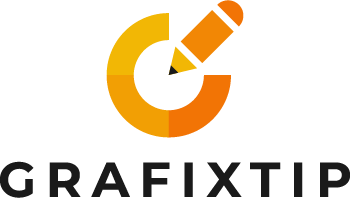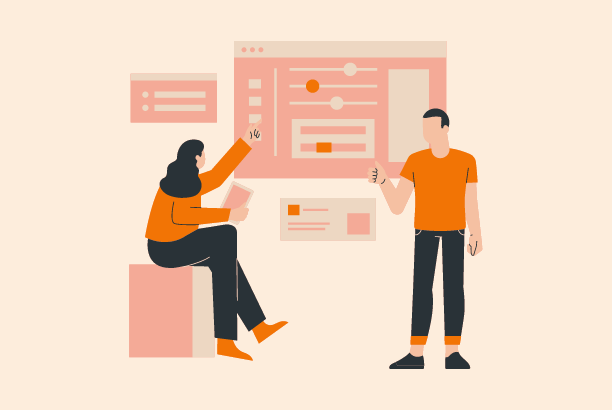The world of graphic design has transformed from solitary workstations to collaborative hubs. Teams comprising designers, copywriters, marketing specialists, and clients now work together to achieve a unified vision. To navigate this collaborative landscape, graphic designers need a toolbox filled not just with creative software, but also with effective collaboration tools. This article explores some of the key players in this realm:

Figma
The industry standard for collaborative design, Figma allows designers to work on the same project simultaneously. Imagine multiple artists working on a giant canvas, each adding their expertise in real-time. Figma facilitates this by enabling live edits, version control, and built-in commenting, fostering a dynamic feedback loop and efficient design iteration. This real-time collaboration streamlines the design process and ensures everyone is on the same page.
Dropbox
A secure cloud storage solution, Dropbox acts as a central repository for design assets, mood boards, and project files. Team members and clients can access and share these files from anywhere, eliminating the hassle of email attachments and ensuring everyone works with the latest version. Dropbox also offers version control, allowing users to revert to previous versions if needed. This secure and centralized storage streamlines file sharing and collaboration.
Monday.com
This visual project management tool helps design teams stay organized and meet deadlines. Think of it as a digital whiteboard with customizable workflows. Teams can create task lists with assigned deadlines, track project progress through Kanban boards, and collaborate on documents directly within the platform. Monday.com provides transparency and accountability by offering a clear overview of project progress at a glance.
Trello
Another popular project management tool, Trello utilizes Kanban boards to visualize project workflows. Similar to sticky notes on a physical board, digital cards represent design tasks that move between stages like “To Do,” “In Progress,” and “Done.” This visual approach allows team members to see the overall project flow and identify any bottlenecks. Trello fosters transparency and accountability by keeping everyone informed about the status of each design task.
Slack
The go-to platform for real-time communication, Slack keeps design teams connected. Imagine a virtual office watercooler where everyone can chat, share files, and conduct video calls. Slack facilitates quick discussions, eliminates lengthy email chains, and allows for instant feedback. Additionally, channels can be created for specific projects or topics, keeping communication focused and organized. This real-time communication streamlines collaboration and keeps everyone on the same page.
Notion
This versatile workspace acts as a central hub for project information. Teams can create shared pages, wikis, and databases to store project briefs, brand guidelines, inspiration boards, and design assets. Notion also facilitates real-time collaboration on documents and provides a structured feedback loop.
Zapier
This automation tool acts as a bridge between different applications. Zapier can automate repetitive tasks and create custom workflows. For example, Zapier can automatically upload design assets to shared libraries, trigger notifications for high-priority feedback, or integrate external data into project management tools.
By effectively using these core tools, design teams can establish a strong foundation for collaboration. The article goes on to explore how Notion and Zapier can further enhance this collaborative environment.

